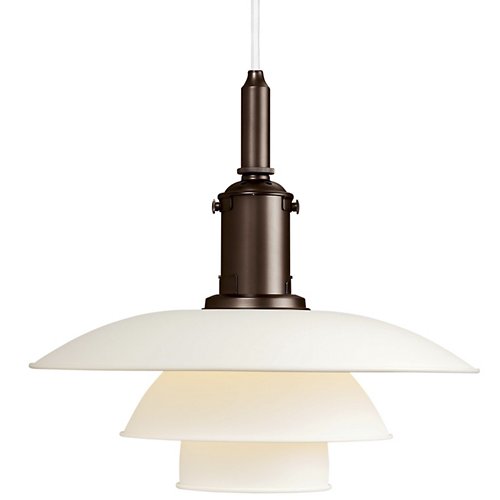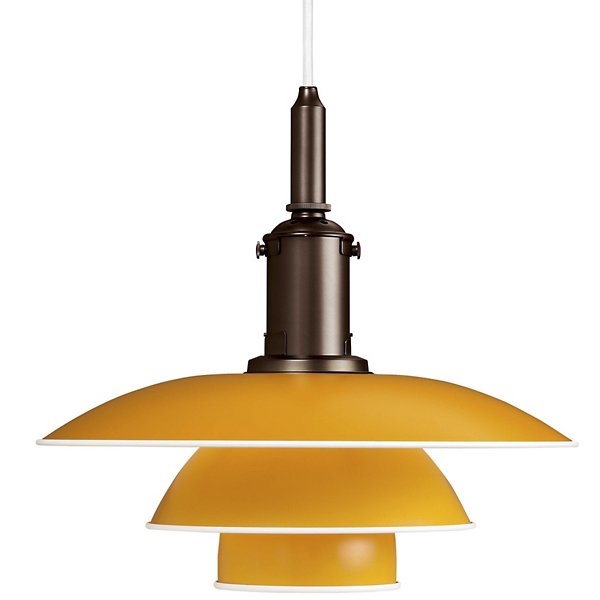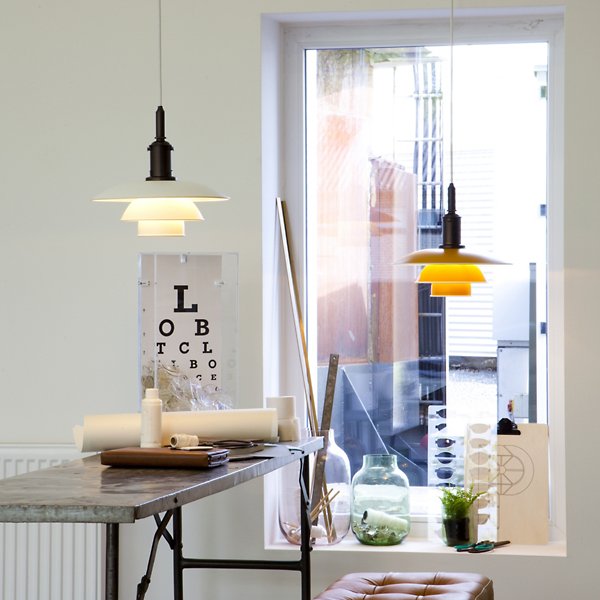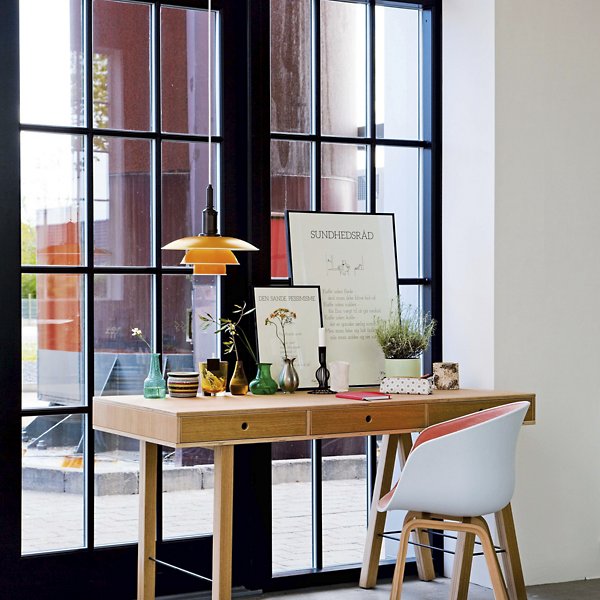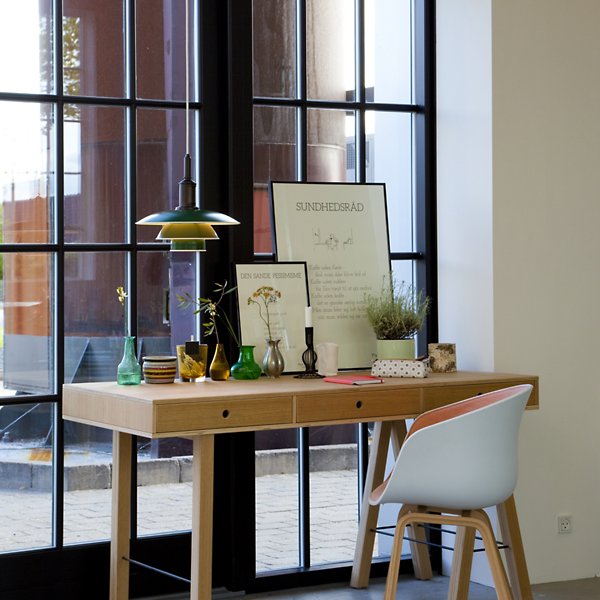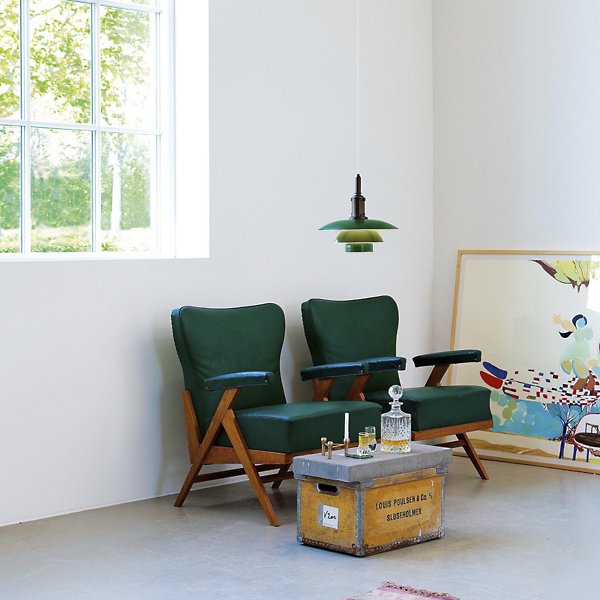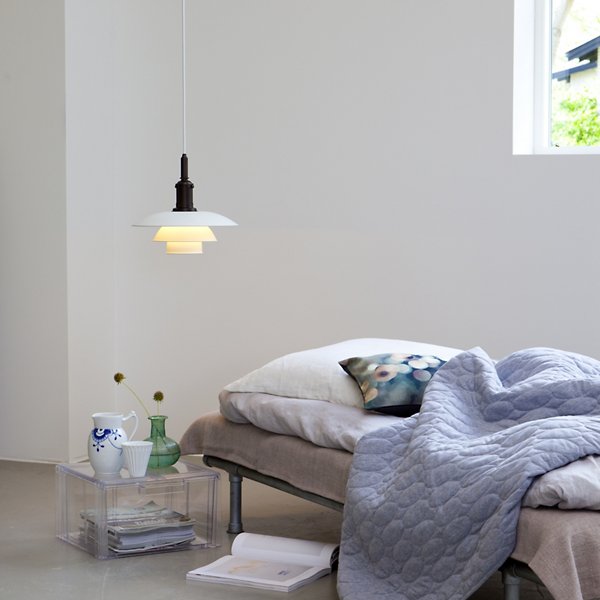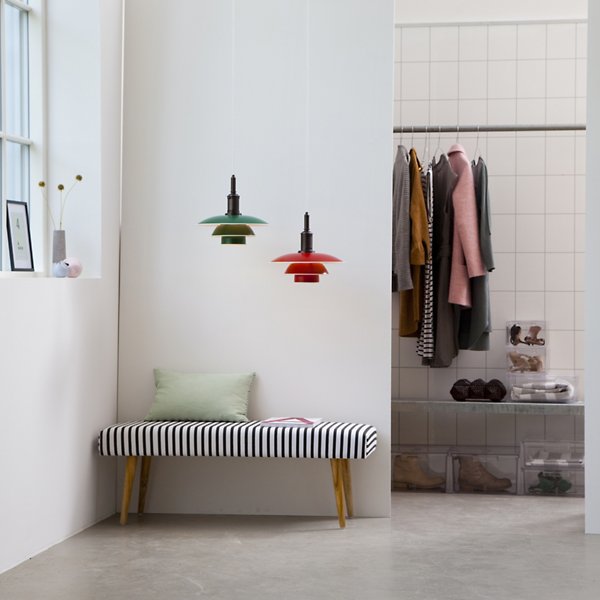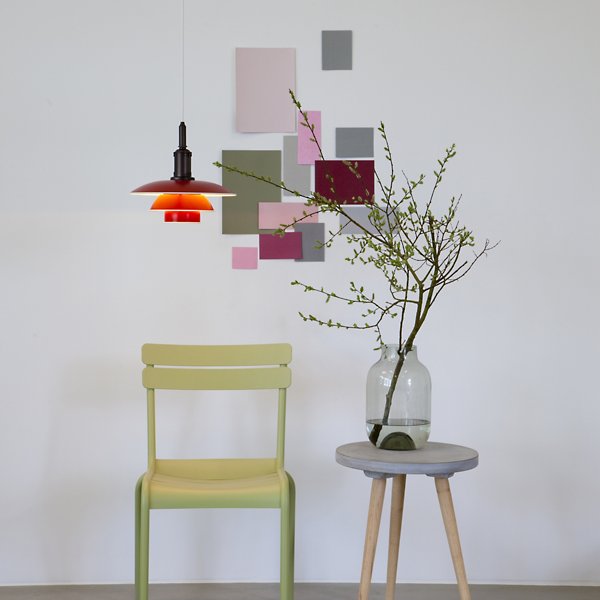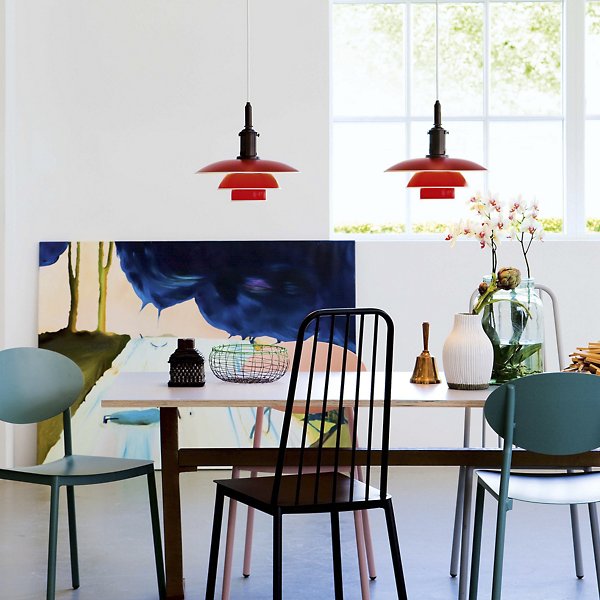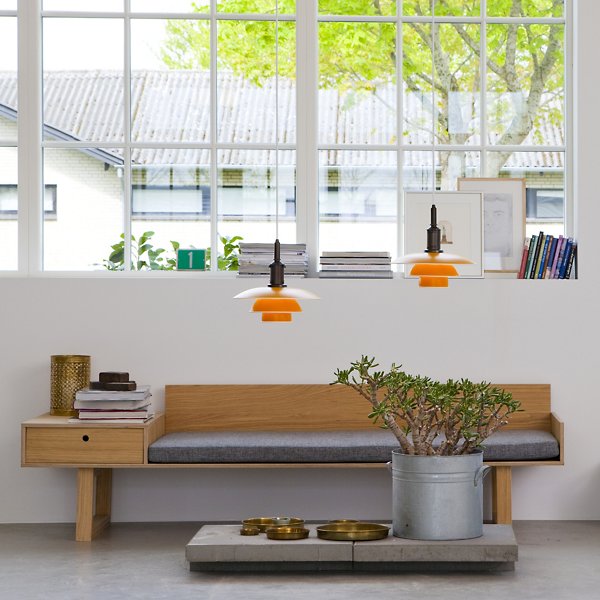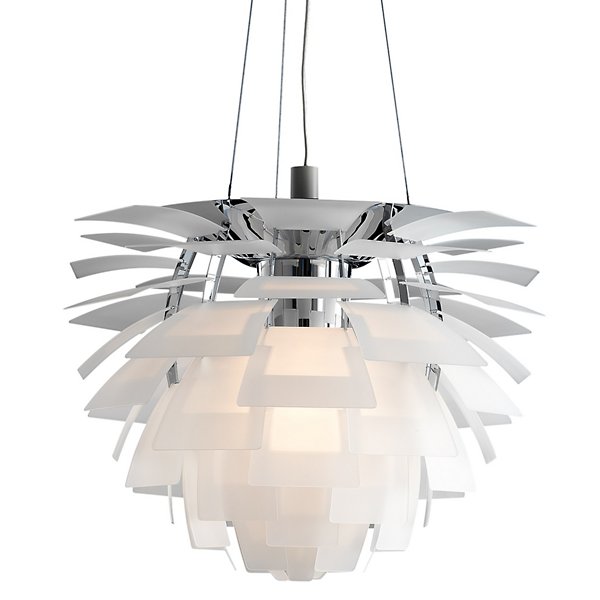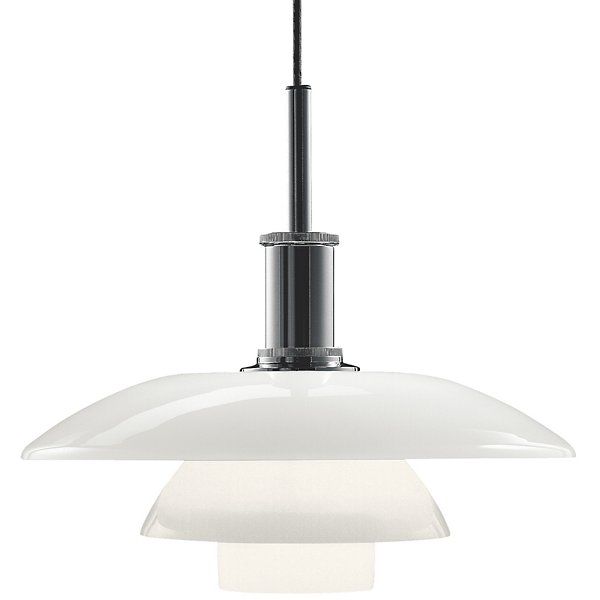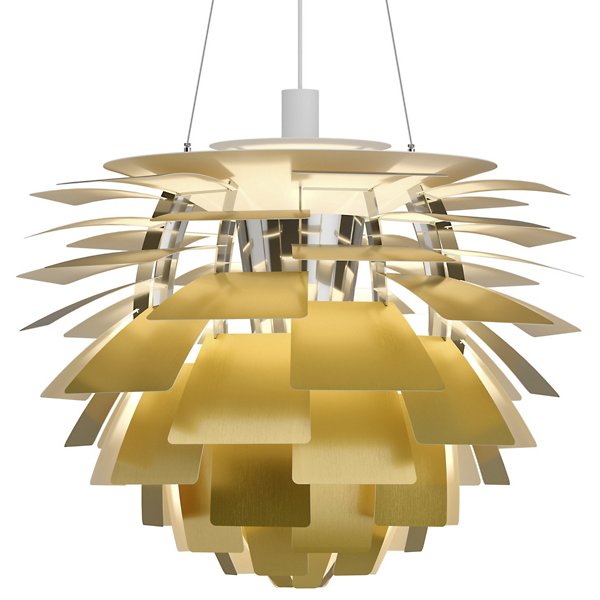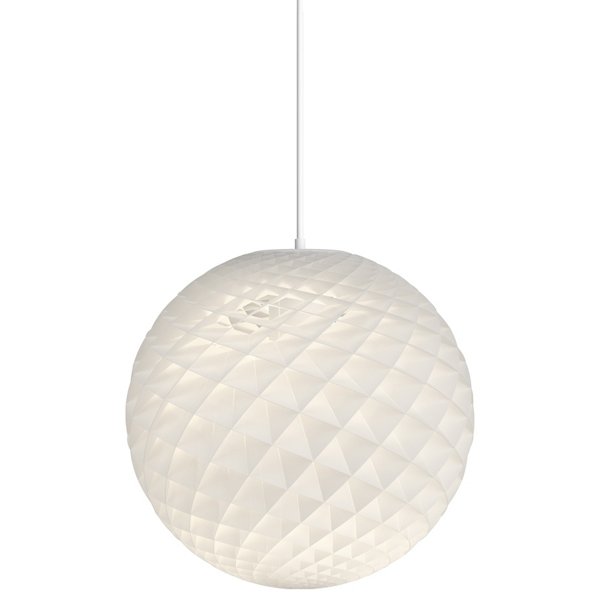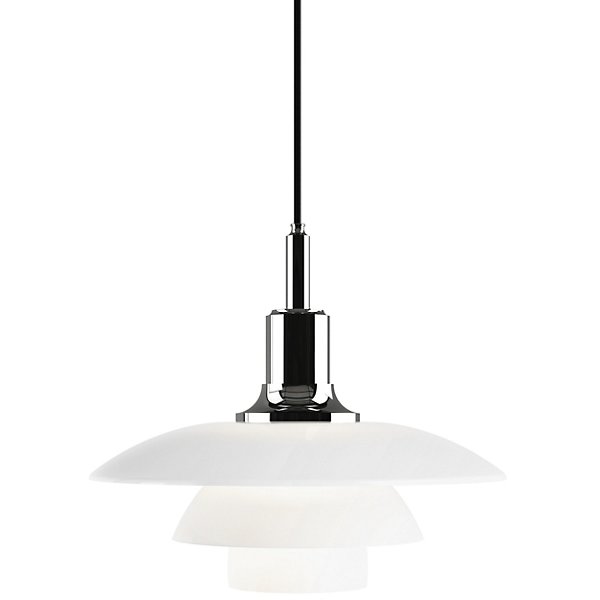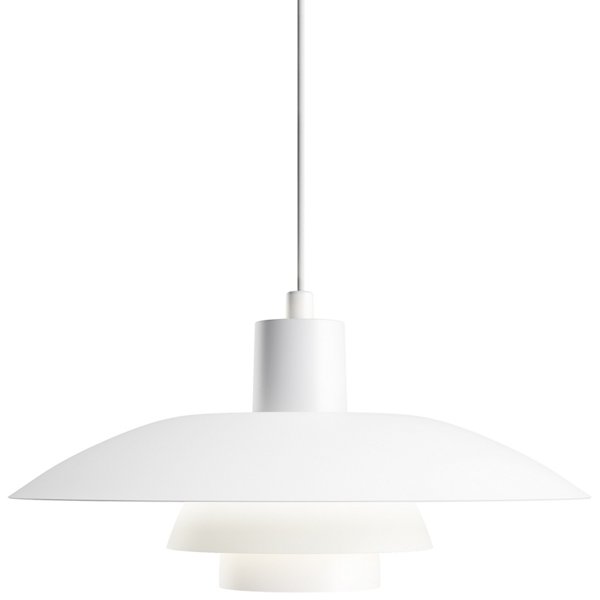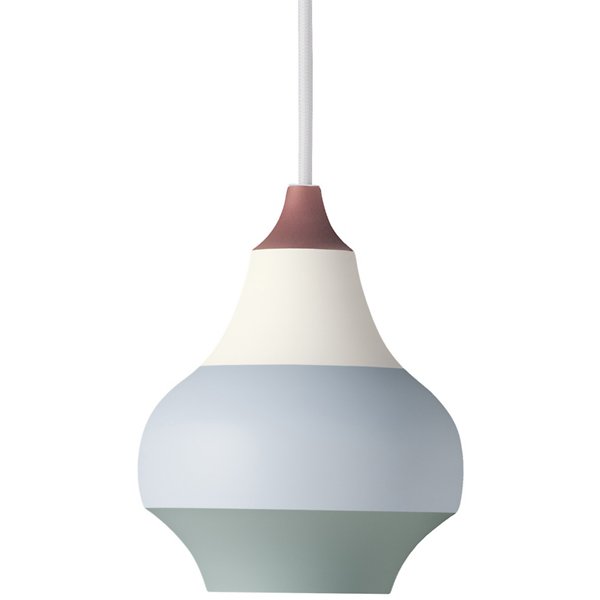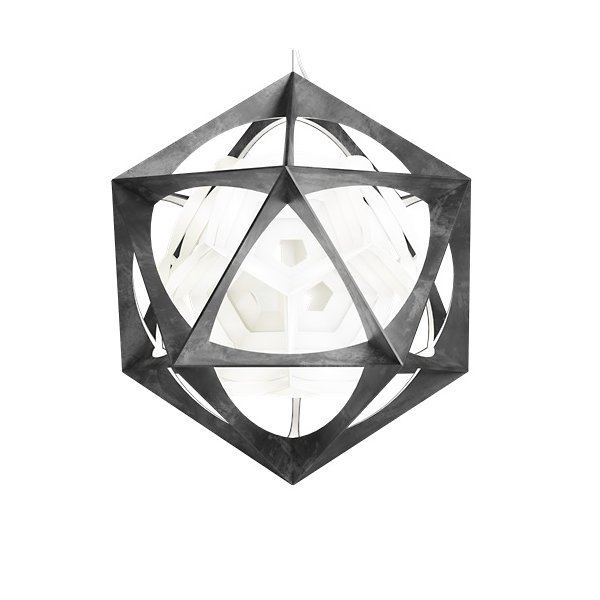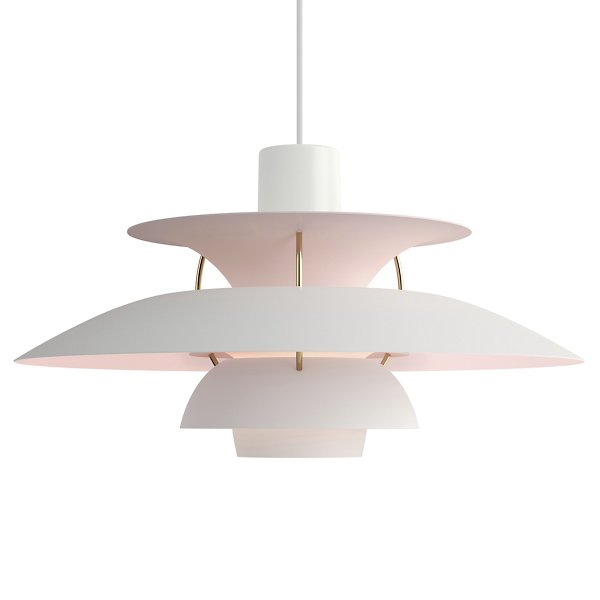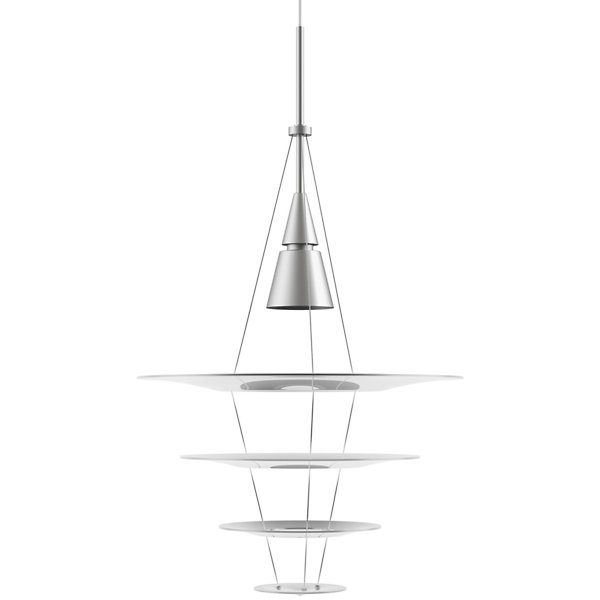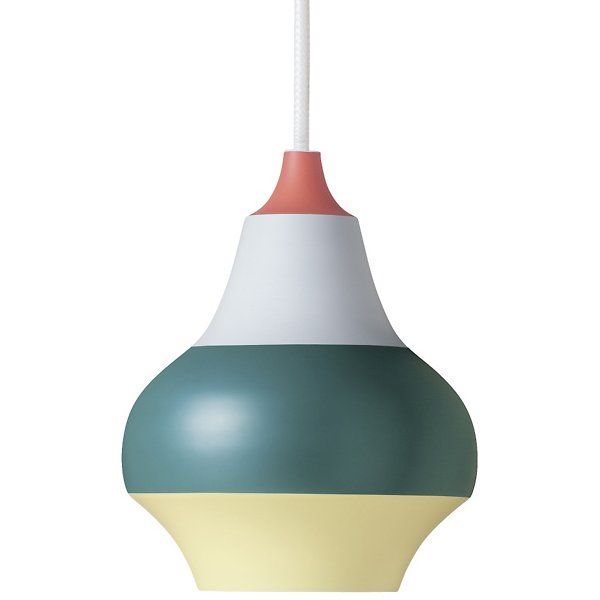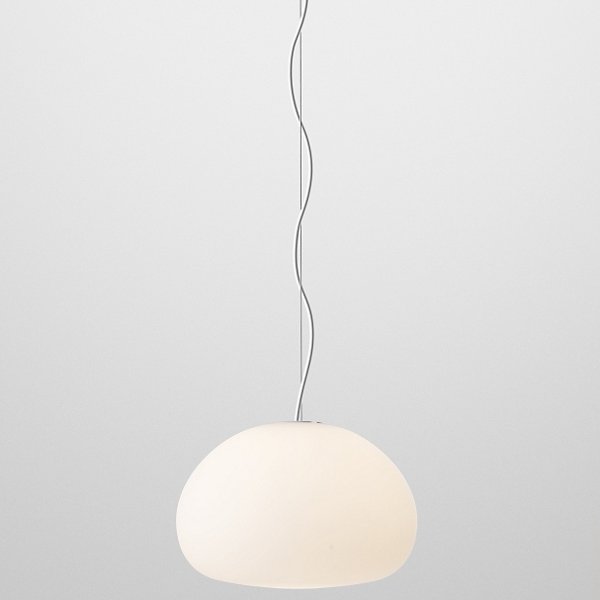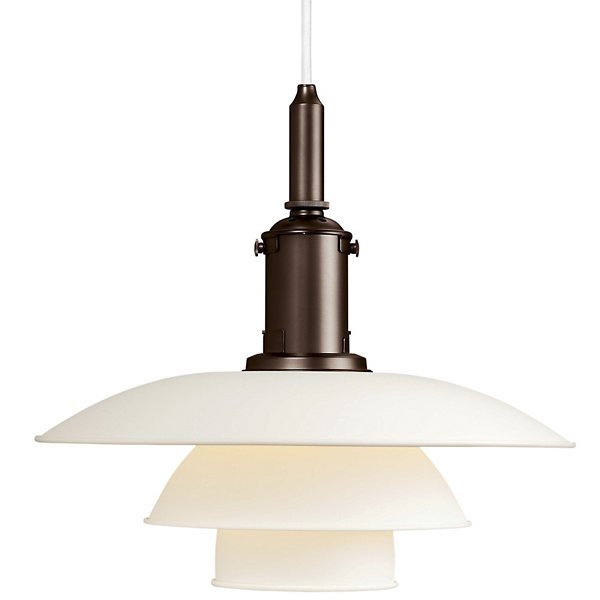|Shown in Yellow finish
|Shown lit in White and Yellow finishes
|Shown in Yellow finish
|Shown lit in Green finish
|Shown lit in Green finish
|Shown lit in White finish
|Shown in Green and Red finishes
|Shown lit in Yellow finish
|Shown lit in Red finish
|Shown lit in Red finish
|Shown lit in Red finish
|Shown lit in Yellow finish
|Shown in Yellow finish, in use
|Shown in Green finish, in use
Questions about the PH 3 ½ - 3 Pendant?
Our team of design specialists is certified by the American Lighting Association to bring you expert service with a personal touch.

Questions about the PH 3 ½ - 3 Pendant?
Our team of design specialists is certified by the American Lighting Association to bring you expert service with a personal touch.

Freight Delivery Options
See What's Available Soonest

The Louis Poulsen Story
Key Features
Taking a coveted place in Danish lighting design history, the Louis Poulsen PH 3 ½ - 3 Pendant commemorates Poul Henningsen’s original 1925 design and his 120th birthday. Referencing Henningsen’s original drawings from the 1920s and early 1930s, a copper detail—reminiscent of antique hardware from that era—crowns the fixture, alluding to the historical significance while simultaneously reviving the pre-war style for contemporary audiences. A timeless design, the three-shade system is marked by consistency in providing glare-free and symmetrical light. The striking color variations are meant to pay homage to the bold genius and ingenuity that Poul Hennigsen provided with the PH lamp.
When you hear the name Louis Poulsen, you think distinctive modern Danish lighting. From the classic icons of the 1920s to more recent pieces, all Louis Poulsen lighting is created based on a deep-felt respect for architecture, understanding the emotional effect of lighting and the belief that shadow is just as aesthetically important as light. All three aspects manifest themselves in the sculptural layering and comfortable, glare-free light of Louis Poulsen pendants, wall, table and floor lamps.
Key Features
Taking a coveted place in Danish lighting design history, the Louis Poulsen PH 3 ½ - 3 Pendant commemorates Poul Henningsen’s original 1925 design and his 120th birthday. Referencing Henningsen’s original drawings from the 1920s and early 1930s, a copper detail—reminiscent of antique hardware from that era—crowns the fixture, alluding to the historical significance while simultaneously reviving the pre-war style for contemporary audiences. A timeless design, the three-shade system is marked by consistency in providing glare-free and symmetrical light. The striking color variations are meant to pay homage to the bold genius and ingenuity that Poul Hennigsen provided with the PH lamp.
When you hear the name Louis Poulsen, you think distinctive modern Danish lighting. From the classic icons of the 1920s to more recent pieces, all Louis Poulsen lighting is created based on a deep-felt respect for architecture, understanding the emotional effect of lighting and the belief that shadow is just as aesthetically important as light. All three aspects manifest themselves in the sculptural layering and comfortable, glare-free light of Louis Poulsen pendants, wall, table and floor lamps.
- Designed by Poul Henningsen
- Reflective 3-shade system
- 100% glare free
- White rolled edges on each shade
- White ceiling canopy
- Historical detailing based on original PH lamp from 1925
- Compatible with a medium based 15W LED bulb
- Material: Deep drawn aluminum, copper and silk suspension cord
- Dimmable: Yes
- Interior Color: White
- Location Rating: UL Listed
- Made from Sustainably Sourced Materials: This design is produced using responsibly harvested, reclaimed or alternative materials.
- Eco-Friendly Packaging: This design is shipped using recycled, recyclable or limited packaging materials to reduce waste and carbon footprint.
- Made In Denmark
Compare Brightness:
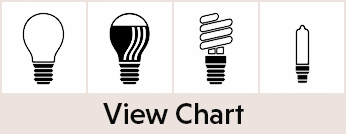
Lumens
The amount of light that comes from a bulb, which has commonly been measured in watts. The more lumens, the brighter the bulb.Wattage
A measurement of the power delivered to a component of an electric circuit (allowing a one-ampere current to flow through the component under the pressure of 1 volt.)Bulb Shape
Bulb shapes are denoted with a letter, which describes the shape, and a number, which indicates the size. The number indicates the diameter of the light bulb at its widest part in eighths of an inch.Base
The part of the bulb that connects to the fixture and its power supply. Bulb bases are denoted with the letter E, and a number which indicates the diameter of the bulb base at its widest part in millimeters.Voltage
Indicates how much voltage a bulb can accept via the fixture it's installed in.Light Color Temperature
The relative color from a light source, measured on the Kelvin temperature scale. Warm light is lower in color temperature (2700-3000 K) and cool, blue light is higher (5000 K).Average Rated Life
The average amount time that a bulb is expected to last.CRI
CRI = color rendering index. This number, which can go from 0 to 100, measures the ability of a light or bulb accurately renders colors. The higher the number, the better, with most quality bulbs these days measuring at least in the 80s.Manufacturer IDs: view
5741928653 5741928640 5741928666 5741928637
California Residents: Prop 65 regulations
PH 3 ½ - 3 Pendant Availability
All combinations for this product are listed below. Click column titles to sort.


